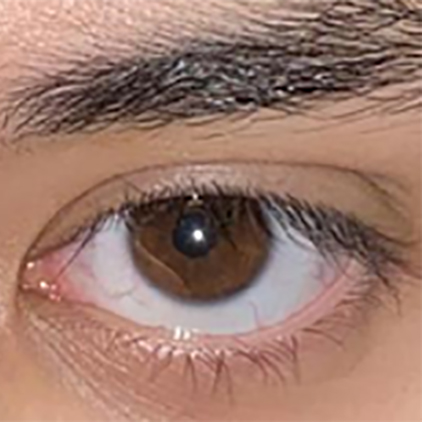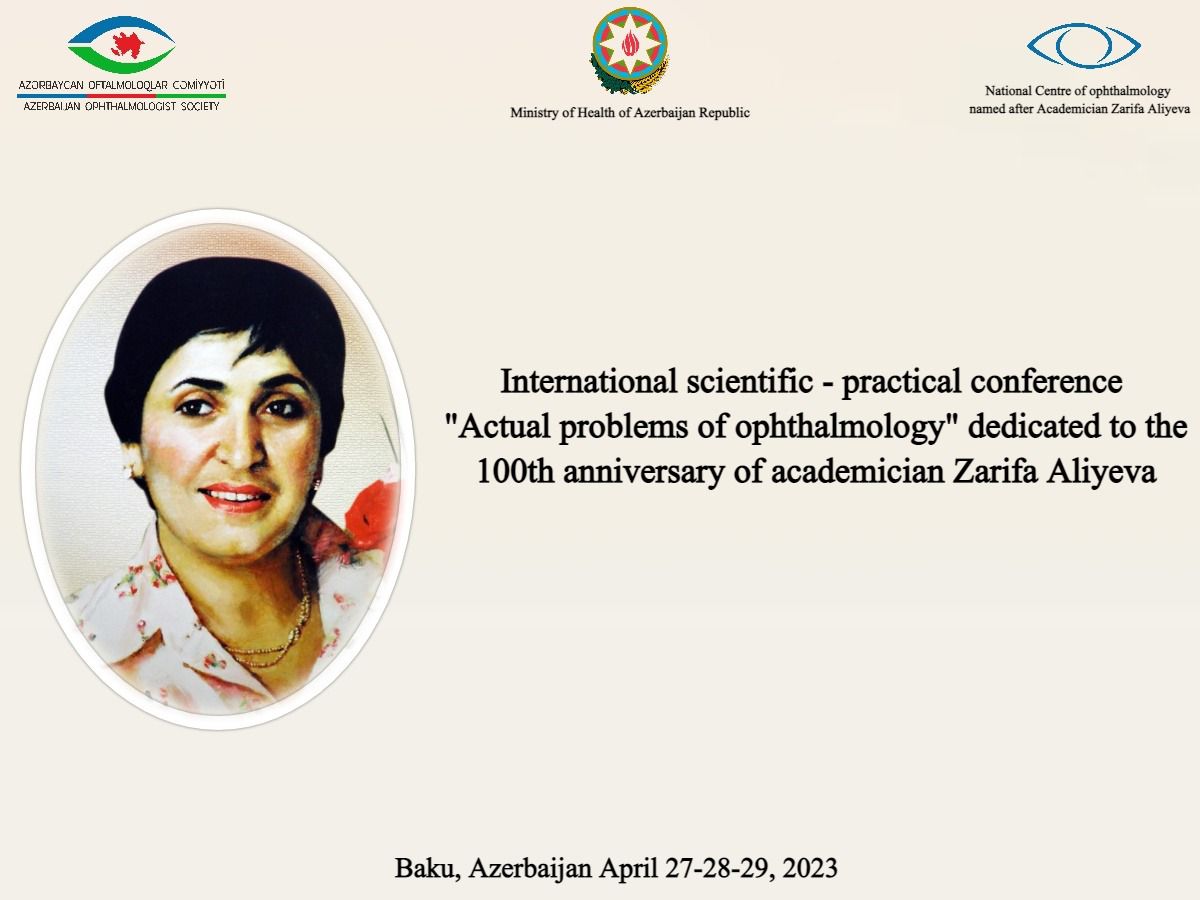Esotropia with eccentric fixation location. Case report of an 11-year follow-up study
Abstract
Purpose: The purpose of this study is to report, how a small degree of anisometropia can lead to esotropia and low visual acuity in the case of delayed treatment.
Methods: This study included orthoptic examination with the alternate prism cover test, anterior segment assessment using a slit lamp, fundus examination, cycloplegic retinoscopy and autorefractometry.
Results: In a case of esotropia that presented from early childhood, the cause was determined to be amblyopia associated with astigmatic microanisometropia.
Conclusion: Refraction in children should be checked as early as possible (at 3 months) to detect anisometropia and correct it in a timely manner. This can lead to the disappearance of concomitant strabismus in the human population.





